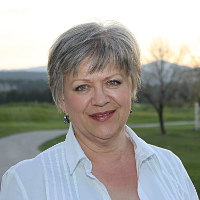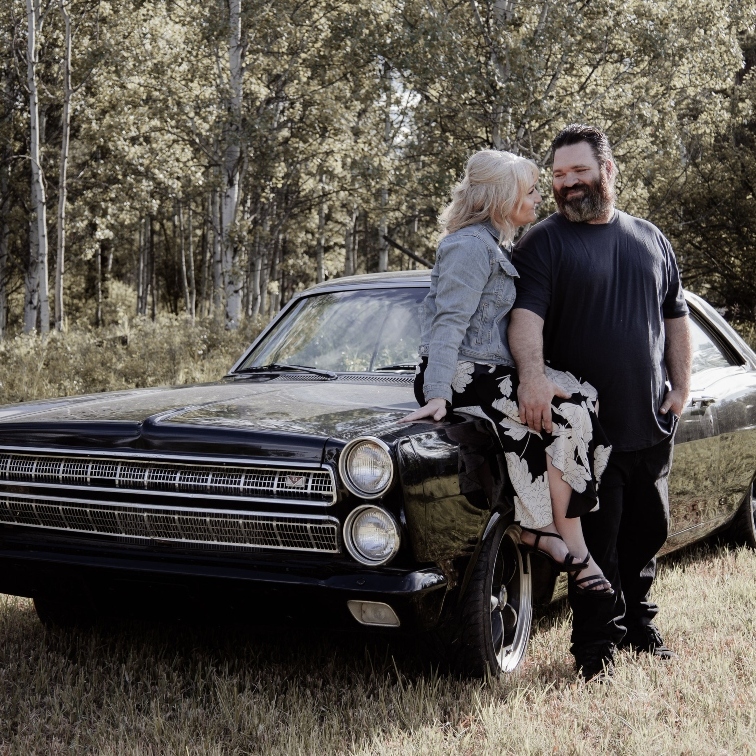Ensuring you’re covered
Upgrades and changes to your home and possessions should be reflected in your insurance coverage

Todd Pellerin is a commercial account executive at Hub International Barton Insurance in Cranbrook, B.C. — Marie Milner photo
Todd Pellerin of Hub International Barton Insurance in Cranbrook, B.C., said there is a trend in insurance that may be of interest to owners of older rental properties.
Pellerin said lack of maintenance is resulting in more claims being made for damage caused by water seepage—where water migrates through an entire building. This has caused a crackdown on underwriting older buildings, especially commercial and strata buildings. A 10 to 50 per cent rate increase is being added to the expiring rates for insurance on buildings older than 25 years.
“In some cases,” said Pellerin, “companies are even refusing to insure these buildings, because of the loss ratio. In the last two years, water has surpassed fire as causing the largest losses in this class of business.”
On the homeowner's side, any wood-burning device will now require WETT certification to ensure that the burning unit itself is up to code, and that the unit is positioned at a sufficient distance from combustible surfaces to meet clearance guidelines. Some insurance companies want chimney cleaning to be done by professionals who can detect weaknesses and flaws in the aging structures. Your broker will have your insurer’s guidelines for this.
Pellerin advised that upgrades to your vehicle—like the addition of winches, running boards, sound systems and the like—should be reported to your broker to ensure that this added value is reflected in your coverage.
“Nobody wants to pay more for insurance,” he said, “but it’s not a very pleasant experience if you make a claim and find out there’s a shortfall to your coverage. Everyone should review their vehicle insurance with their broker to make sure that they are fully covered for the drivers who use their vehicle, and the complete replacement of the vehicle including any added or upgraded components.”






Comments